In Memoriam: The Rolls-Royce-Bentley Six and Three-Quarter Litre V8

Today we bid a belated farewell to a legend of an engine, the Six and Three-Quarter Litre V8. In production since 1959 at the factory in Crewe, The L-series V8 had several different displacements and powered many different luxury vehicles. And some boats.
Your author only realized this engine had met its end because of the Rolls-Royce Ghost review Mr. Tim Healey (That’s Mr. Editor Tim Healey, to you, Buster) posted the other day. Upon dismissing the Ghost as my large luxury car choice, I went to check on what Bentley’s current sedan offerings looked like. Turned out the flagship Mulsanne saw its final model year in 2020, as Bentley continued with the Flying Spur as its only sedan in 2021. Ten inches shorter and $100,000 less expensive in its base form, it looks almost exactly like the Mulsanne but is obviously for the middle class. Above, dark blue is the Flying Spur, and light blue the Mulsanne. By the way, here’s an exquisite final run Mulsanne for your perusal. The marquetry on the wood is especially impressive.
And with the Mulsanne’s end came the end of the L-series Rolls-Royce-Bentley V8. A 90-degree configuration, it was introduced in 1959 to power Rolls-Royce and Bentley cars (both companies were under the same ownership at the time). The engine’s initial displacement was 5.2-liters during development but reached 6.25 liters by the time it entered production. Developed in-house by the Rolls-Royce and Bentley engineering teams, the basic 6.25-liter version was in use from inception through 1982, though most of its usage was prior to 1970. Circa 1963 the L-series spawned a marine version that was 6.2-liters in displacement and sold as a complete marine power package that included a BorgWarner-supplied transmission.
For 1971, Rolls-Bentley increased the stroke of the engine, and the Six and Three-Quarter Litre version was created. The main advantage emphasized on the new engine versus the outgoing was an increase in torque, as power was similar initially. Over the years many revisions were applied to the engine, often driven by tightening emissions regulation. Carburetors of course gave way to fuel injection. In 1987 a new cylinder firing order was introduced, and around the same time some turbochargers were attached on the sportier Bentley versions. At the time, the Turbo R was one of the most powerful sedans available, and the power and character of the V8 reinvigorated Bentley’s fusty image.
In the Nineties, BMW purchased Rolls-Royce, while Bentley went to Volkswagen. It was a complicated and contentious sale. On the production side, starting in 1998 BMW forced its engines upon Rolls and Bentley in the Silver Seraph and Arnage, respectively. From 1998 to 2000, you could only purchase an Arnage with a BMW engine. Eventually, the pieces fell into place. Post-2003, BMW was not allowed to produce any Rolls or Bentley engines from prior to 2003. It used its own engines in Rolls-Royce, and Volkswagen could resume use of the Six and Three-Quarter Litre in Bentleys.
Improvements continued over the years, and circa the 2000s, nearly all engine components from 1959 had been changed or upgraded in some way. In its initial guise, the engine produced around 172 horsepower, but with modernization and twin-turbo action, that figure jumped to a much more impressive 530 horses. The engine was utilized in more expensive “pure” Bentley products like the Brooklands and Mulsanne, where lesser offerings like the Continental GT used VW’s W-12 engine shared with the Phaeton.
Mulsanne would be the final user of the Bentley 6.75-liter engine. In use since Mulsanne’s arrival in 2010, the only other Bentley to use it in the past decade was the superb Brooklands, and only through 2011. The V8 was so long-lived, only the Chevrolet small-block V8 has a longer production history. Requiescat in pace.
[Images: Bentley]

Interested in lots of cars and their various historical contexts. Started writing articles for TTAC in late 2016, when my first posts were QOTDs. From there I started a few new series like Rare Rides, Buy/Drive/Burn, Abandoned History, and most recently Rare Rides Icons. Operating from a home base in Cincinnati, Ohio, a relative auto journalist dead zone. Many of my articles are prompted by something I'll see on social media that sparks my interest and causes me to research. Finding articles and information from the early days of the internet and beyond that covers the little details lost to time: trim packages, color and wheel choices, interior fabrics. Beyond those, I'm fascinated by automotive industry experiments, both failures and successes. Lately I've taken an interest in AI, and generating "what if" type images for car models long dead. Reincarnating a modern Toyota Paseo, Lincoln Mark IX, or Isuzu Trooper through a text prompt is fun. Fun to post them on Twitter too, and watch people overreact. To that end, the social media I use most is Twitter, @CoreyLewis86. I also contribute pieces for Forbes Wheels and Forbes Home.
More by Corey Lewis
Latest Car Reviews
Read moreLatest Product Reviews
Read moreRecent Comments
- SCE to AUX "...to help bolster job growth and the local economy"An easy win for the politicians - the details won't matter.
- Kjhkjlhkjhkljh kljhjkhjklhkjh so now we will PAY them your tax money to build crappy cars in the states ..
- SCE to AUX Yes, I'll miss it, and it doesn't make sense to kill off your 3rd-best seller. 2023 was its best year since 2018.
- SCE to AUX This was the same car I had (05 xB, stick, "camouflage" color) for 7 years - great car.We called ours "The Lunchbox". I added aftermarket wheels, and the 3rd-party cruise control the dealers could install.It suffered only two failures: bad window switch in week 2 (dealer fixed in 1 hour), bad trailing O2 sensor (fixed myself for $70). Fuel economy was always 28-34 mpg.It was a potential death trap, and ride quality became unbearable after 2 hours. I once did a 10-hour round trip in it and could barely walk after.Traded it for a 2012 Leaf, which was a better car in some ways.
- Bd2 The "e" nomenclature signifies the e-ATPs which BMW is pursuing.



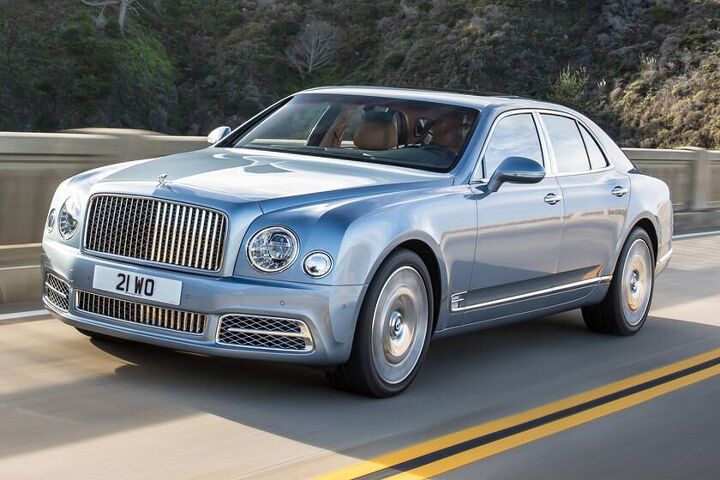



























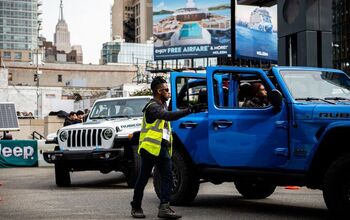
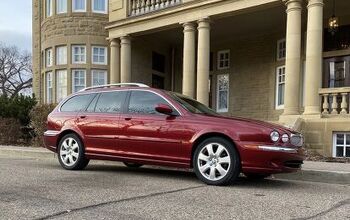
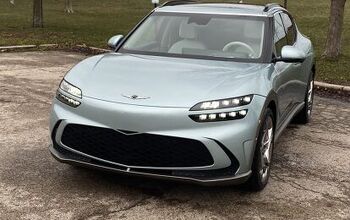
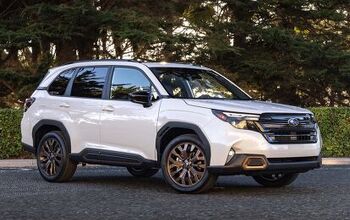
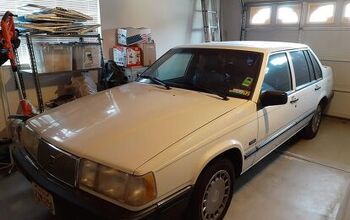
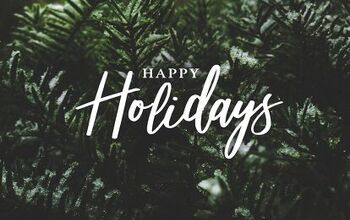
Comments
Join the conversation
Hmmm, jingoistic in announcing their Britishness, yet not so secretly German? Kinda sounds like the Royal Family.
Meh throw a turbo on an an otherwise anemic 3 cylinder, the owner will never notice